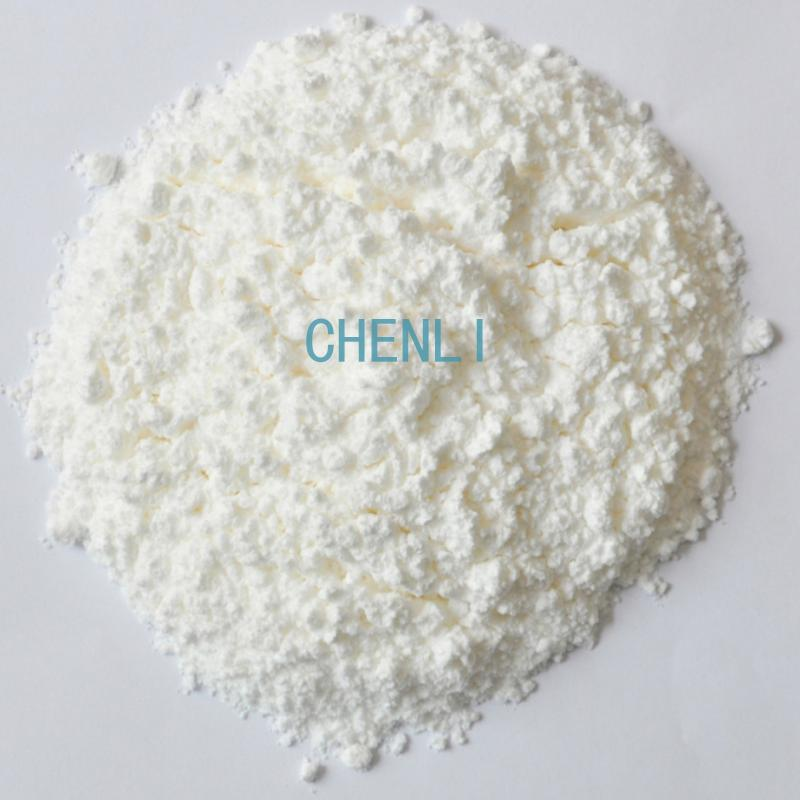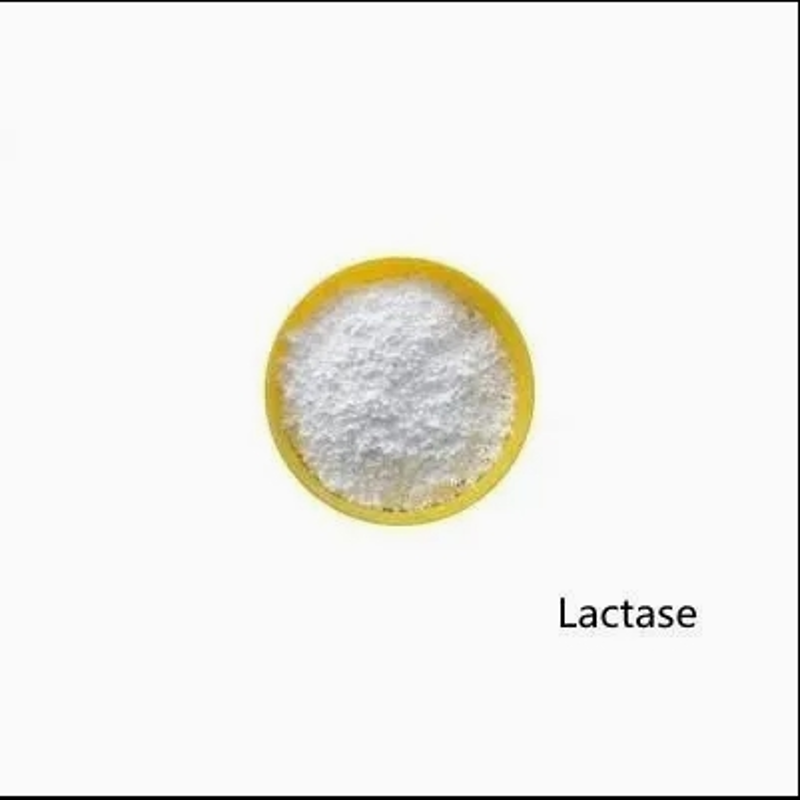-
Categories
-
Pharmaceutical Intermediates
-
Active Pharmaceutical Ingredients
-
Food Additives
- Industrial Coatings
- Agrochemicals
- Dyes and Pigments
- Surfactant
- Flavors and Fragrances
- Chemical Reagents
- Catalyst and Auxiliary
- Natural Products
- Inorganic Chemistry
-
Organic Chemistry
-
Biochemical Engineering
- Analytical Chemistry
-
Cosmetic Ingredient
- Water Treatment Chemical
-
Pharmaceutical Intermediates
Promotion
ECHEMI Mall
Wholesale
Weekly Price
Exhibition
News
-
Trade Service
On August 11, 2020, the European Food Safety Authority (EFSA) issued a risk assessment of glycoalkaloids in feed and food, particularly in potatoes and potato derivatives.
assessed that the risk to human health of sugar alkaloids in tomatoes and eggplants could not be determined due to a lack of occurrence data and limited toxicity data.
For horses, farms and companion animals, the risk of sugar alkaloids in potatoes cannot be masted due to insufficient data on the presence of sugar alkaloids in feed and the potential adverse effects of sugar alkaloids in these species.
the original version of this article is as follows: The European Commission asked EFSA for a scientific opinion on the risks for animal and human health related to the presence of glycoalkaloids (GA s) in feed and food. This risk assessment covers edible parts of potato plants and other food plants containing GA s, in particular, tomato and aubergine. In humans, acute toxic effects of potato GA s (α‐solanine and α‐chaconine) include gastrointestinal symptoms such as nausea, vomiting and diarrhoea. For these effects, the ConTAM Panel identified a lowest‐observed‐adverse‐effect level of 1 mg total potato GA s/kg body weight (bw) per day as a reference point for the risk characterisation following acute exposure. In humans, no evidence of health problems associated with repeated or long‐term intake of GA s via potatoes has been identified. No reference point for chronic exposure could be identified from the experimental animal studies. Occurrence data were available only for α‐solanine and α‐chaconine, mostly for potatoes. The acute dietary exposure to potato GA s was estimated using a probabilistic approach and applying processing factors for food. Due to the limited data available, a margin of exposure (MOE ) approach was applied. The MOE s for the younger age groups indicate a health concern for the food consumption surveys with the highest mean exposure, as well as for the P95 exposure in all surveys. For adult age groups, the MOE s indicate a health concern only for the food consumption surveys with the highest P95 exposures. For tomato and aubergine GA s, the risk to human health could not be characterised due to the lack of occurrence data and the limited toxicity data. For horses, farm and companion animals, no risk characteration for potato GA s can be performed due to noted data on occurrence in feed and on potential adverse effects of GA s in these species.This article was edited by Food Partners.com Food Information Center for netizens' reference, welcome to reprint, reprint please indicate the source! If you have any questions, news@foodmate.net.







